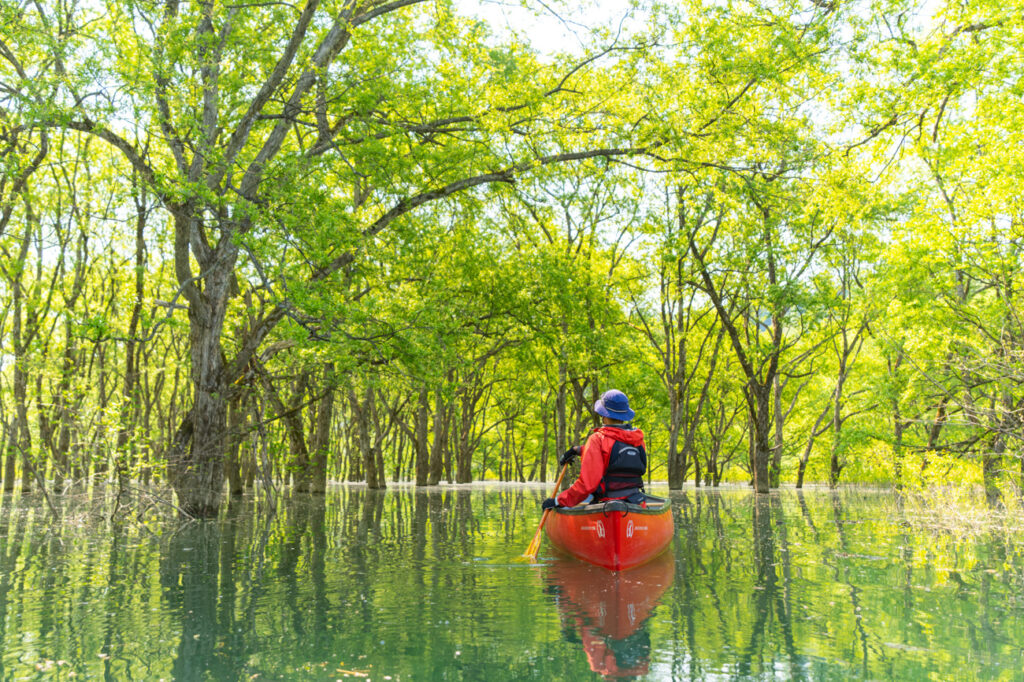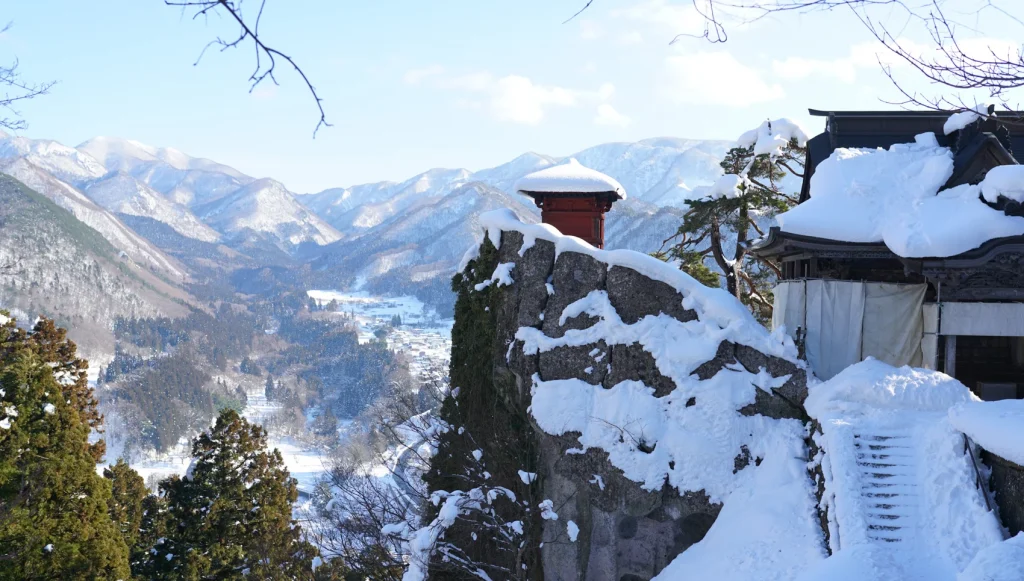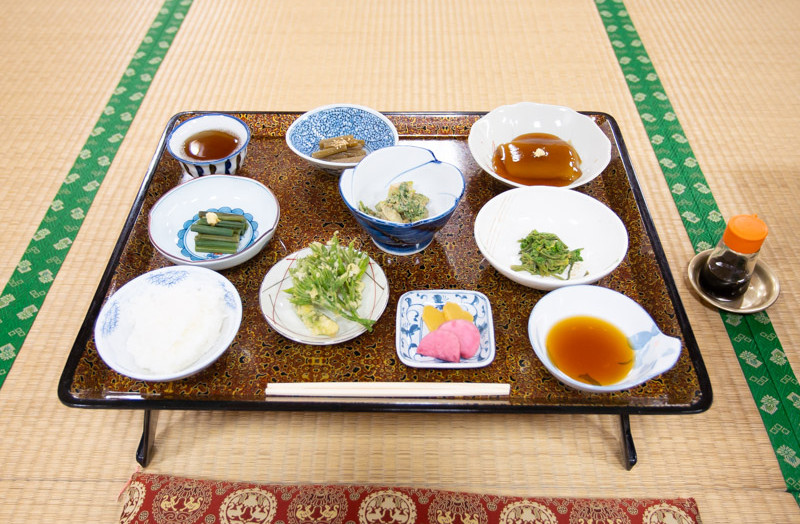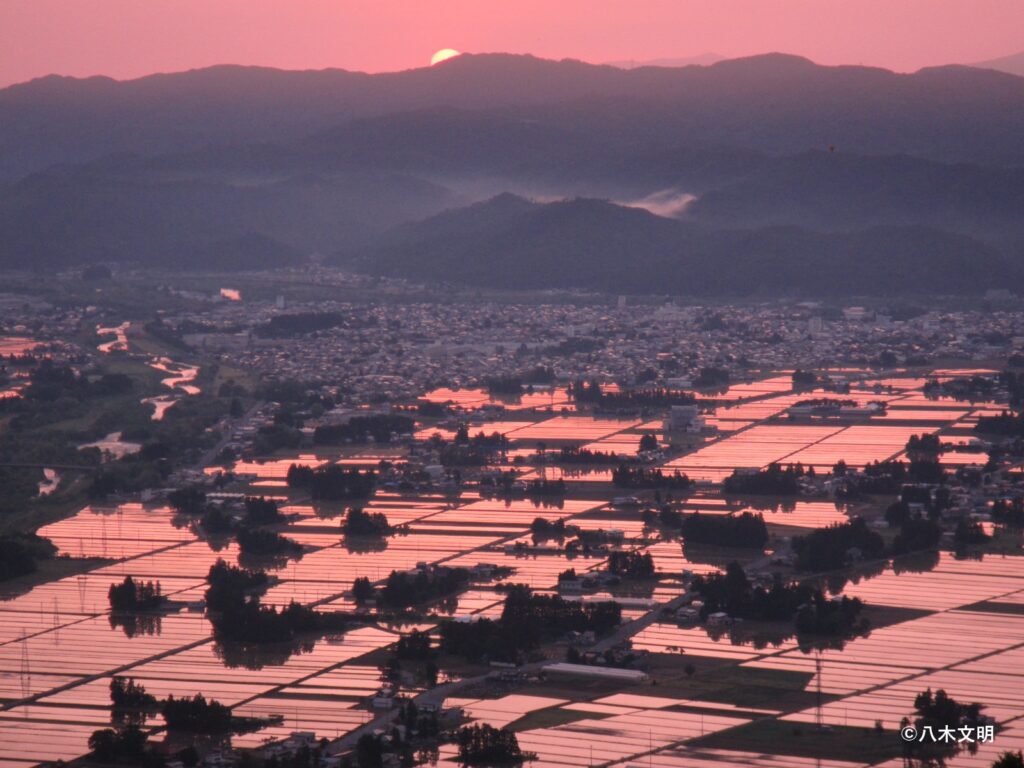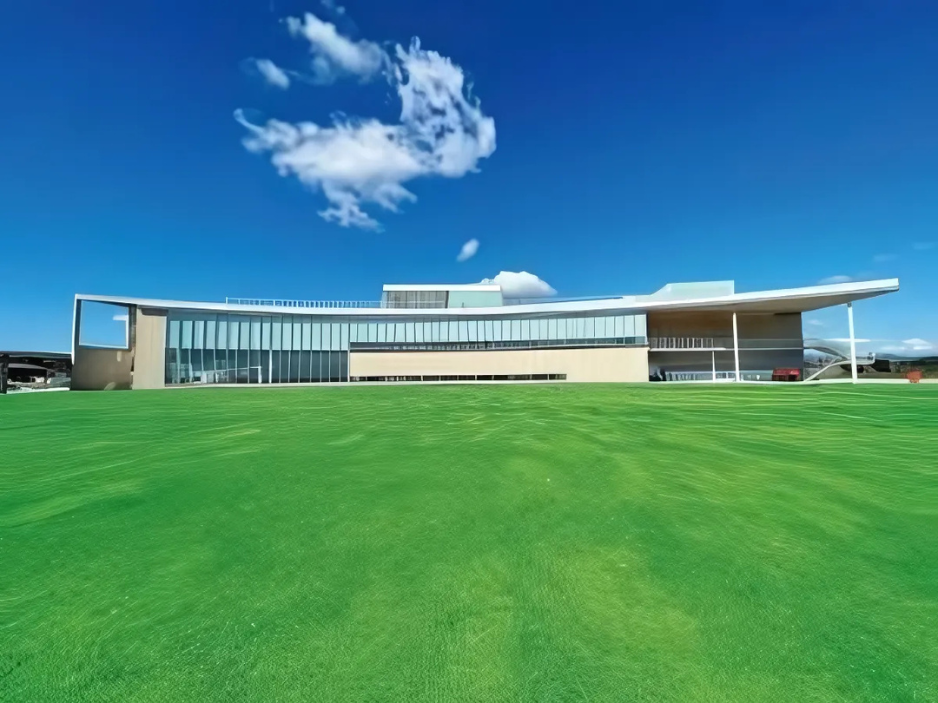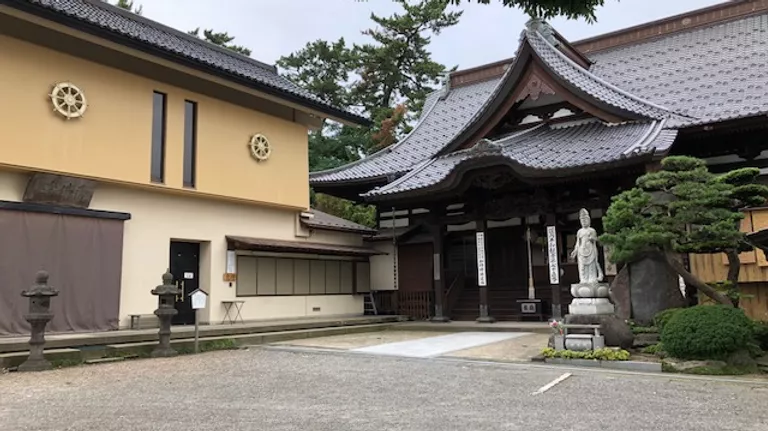
Yamagata Prefecture
Mt. Gassan represents the afterlife in the Dewa Sanzan pilgrimage of rebirth.
In the Japanese ancient mountain worship religion called Shugendo, there is a concept called Kannabi Shinko, in which the spirits of the dead are said to spend 33 years in the lower mountains, before rising to the higher ones. For those who live near Mt. Gassan, Mt. Hayama or Mt. Haguro are the low-lying mountains, and Mt. Gassan is the higher. Similarly, the Midagahara wetlands full of mysterious alpine plants is named after Amitabha Buddha, who represents the world of the dead in Pure Land Buddhism.
Amitabha Buddha is considered the Buddhist manifestation of the Shinto Tsukuyomi-no-Mikoto, the Kami (deity) of the Moon. Mt. Gassan therefore represents the afterlife in the Dewa Sanzan pilgrimage of rebirth (among other reasons). At a lofty 1984m (6509 ft.), Mt. Gassan is the tallest of the three Dewa Sanzan, the other two being Mt. Haguro (the present) and Mt. Yudono (the future), and is a mainstay amongst Yamabushi mountain monks and climbers from all over Japan, and more increasingly the world.
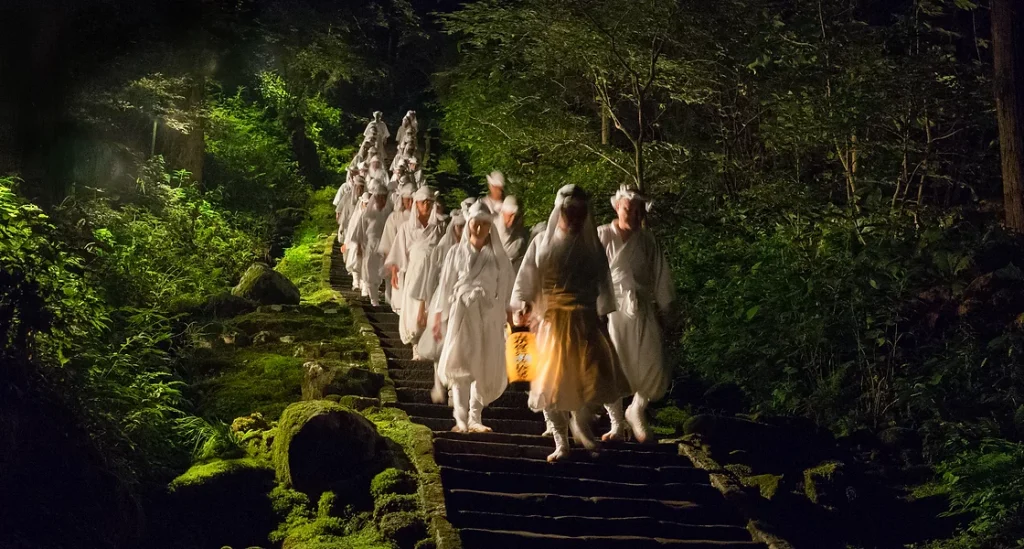
Quick Info
Cost
Opening Hours
Open from April to July for summer skiing.
Open from July to mid-October for climbing.
The shrine at the top closes at the end of September.
Average Duration
Climbing time varies from 5 hours to 2 days depending on route.
Address
Haguromachi Kawadai, Tsuruoka, Yamagata 997-0131, Japan
Other tips
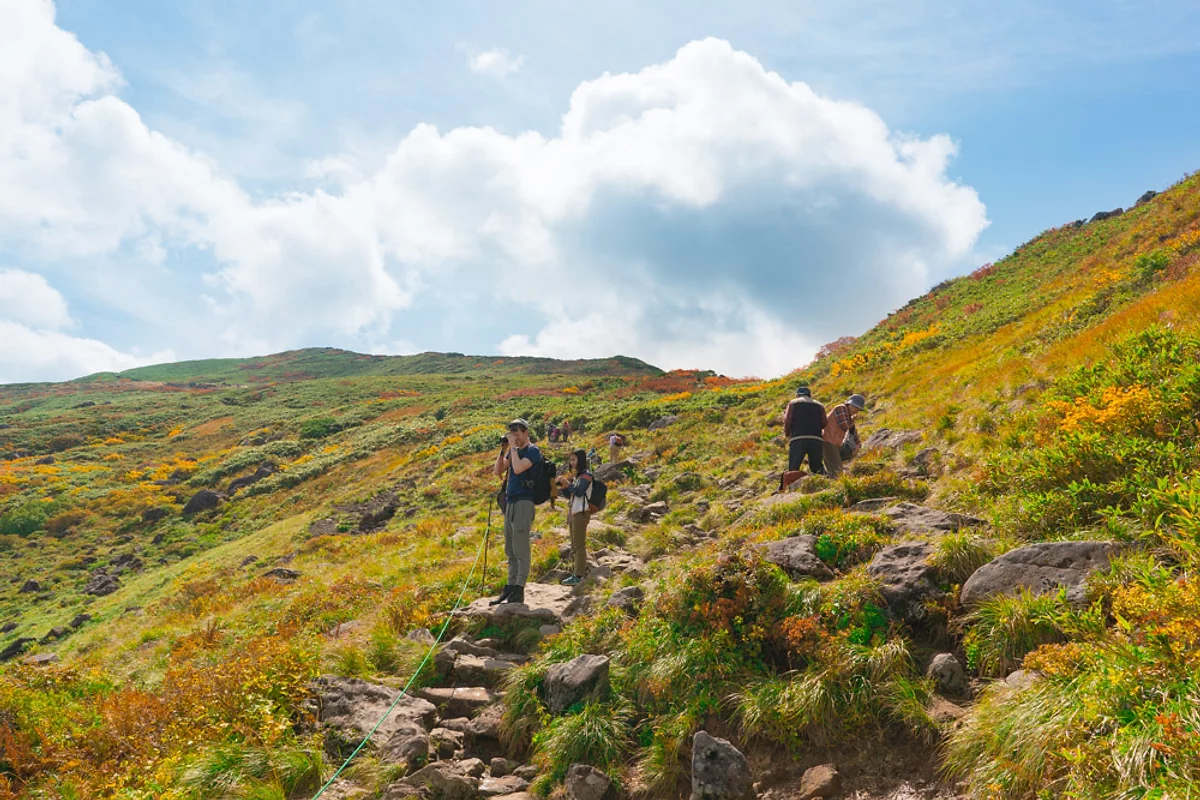
Moon Mountain and the World of the Ancestors
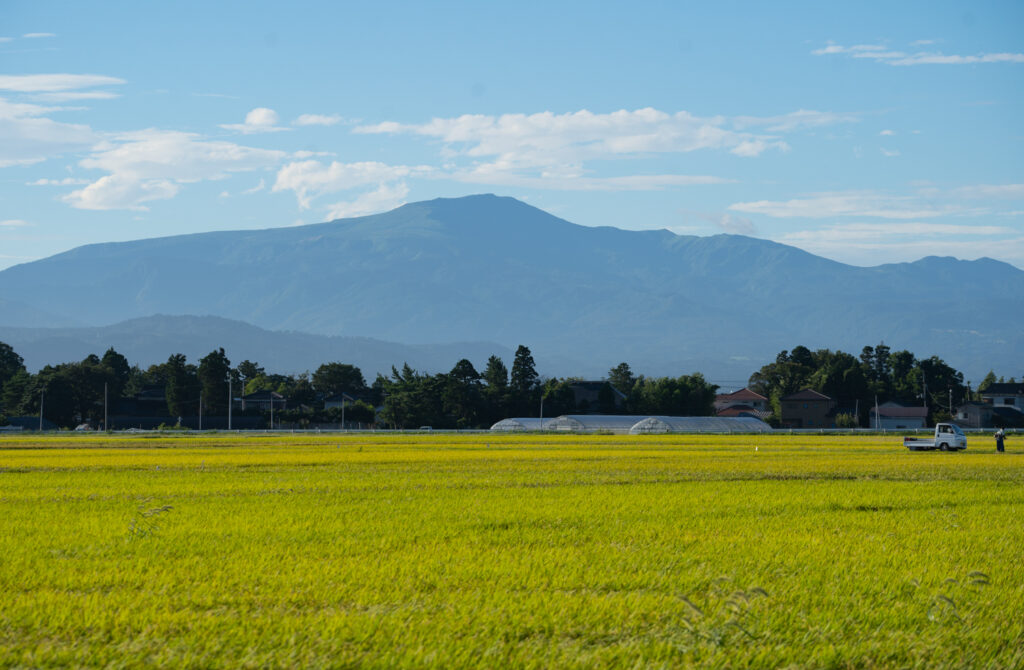
Mt. Gassan has hosted pilgrimages for more than a millennium since Prince Hachiko opened the Dewa Sanzan for worship in the 6th century A.D. The pilgrimage became extremely popular during the Edo Period (1603-1868) as part of a rite of passage. It goes without saying that Mt. Gassan is an integral part of Yamabushi Pilgrimages to the Dewa Sanzan, so keep an eye out for Yamabushi, although you will probably hear their Horagai shell horns before seeing them.
Amitabha (阿弥陀浄土), the Buddha of salvation in the afterlife, is the Honji Buddha and Tsukuyomi-no-Mikoto (月読尊) is its manifestation. Amitabha controls the dead, and Tsukiyomi-no-mikoto the night, and since both are worshipped on Mt. Gassan, the mountain has come to be known as a sacred land of darkness where the dead live.
Mt. Gassan is written ‘月山’ in Japanese, and literally means ‘moon mountain’. This is because the Tsukuyomi-no-Mikoto (sometimes written in the more modern way: Tsukiyomi-no-Mikoto), is the Kami of the moon in Shinto and Japanese mythology.
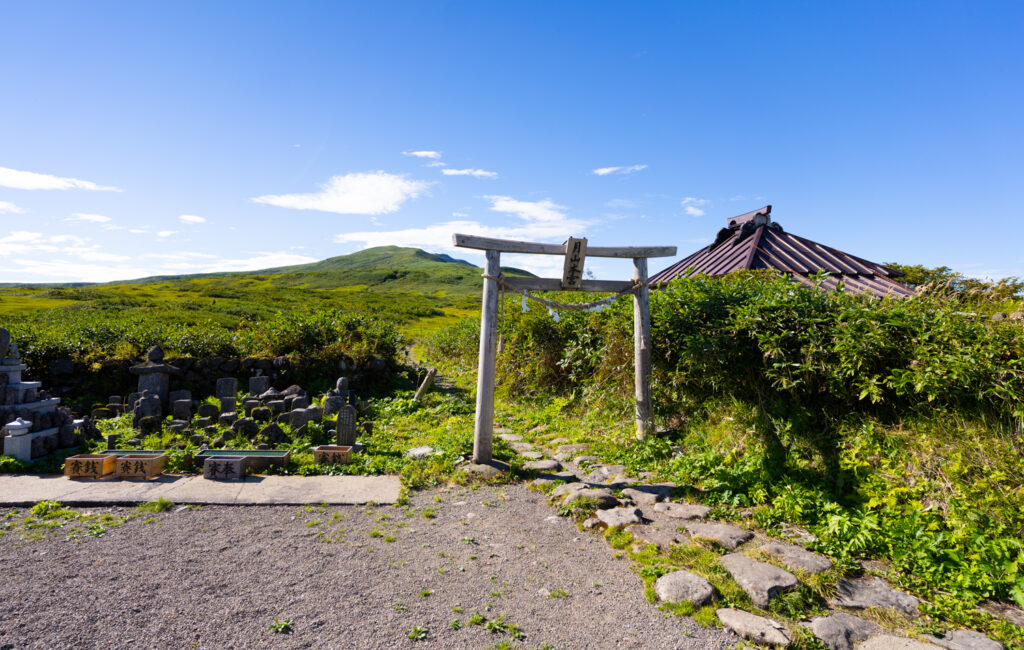
Each year during the Obon season (August 13th to 16th) the ancestors are welcomed back to where the people live at the Saito Festival. On the night of the 13th big bonfires are lit at the summit of Mt. Gassan called Saitogoma, and then small fires called Mukaebi are lit at the gates of the houses to welcome the spirits back, until they return to the mountains after three days.
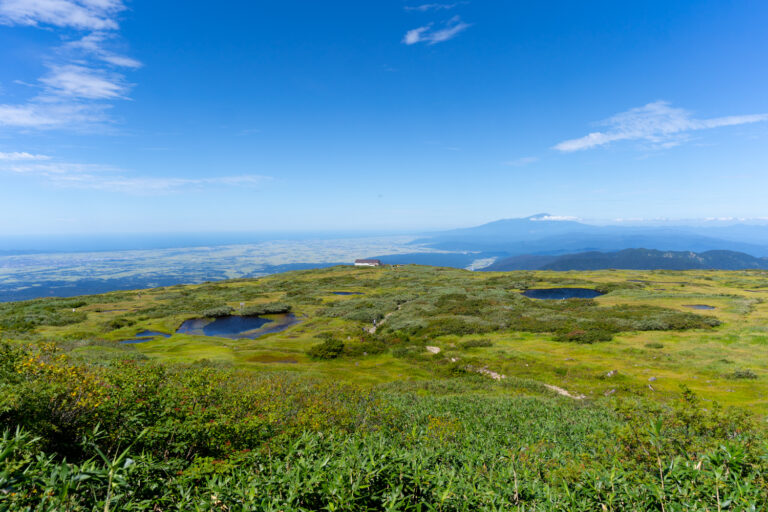
Tsukuyomi-no-Mikoto is often pictured back-to-back with Amaterasu Omikami, the sun goddess from whom the Emperors of Japan are said to have descended from enshrined in Ise Grand Shrine, the most important Shinto shrine in all of Japan. Amaterasu often fought with Tsukuyomi-no-Mikoto, and was angry at him for killing Uke Mochi, the final straw leading Amaterasu to never look at Tsukuyomi-no-Mikoto again, forever moving to a different part of the sky to avoid him.
Legend has it that you can visit your long-lost ancestors where they reside on Mt. Gassan, said to represent the other world, or the afterlife. It is said that the spirits of the dead first rise to the low-lying mountains, and then after 20 or 30 years move up to higher peaks.
Climbing Mt. Gassan
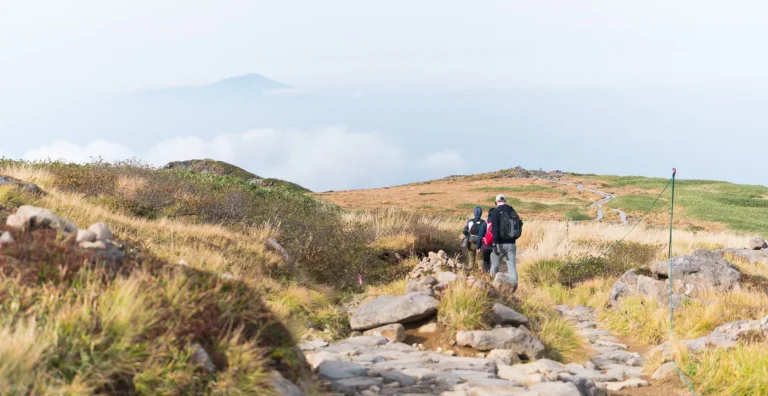
Open only from July 1st to mid-September due to heavy snowfall, Mt. Gassan is the least accessible of the Dewa Sanzan, but it offers arguably the best views and is a good challenging climb for those who want it.
Historically the Happo Nanakuchi were the eight entrances to Mt. Gassan, each coming with its own temple and pilgrim lodge. These days, however, most people take one of four routes ranging from 9 to 15km that are all doable within a day; Gassan 8th Station is the easiest to access from Tsuruoka, and the other three: Mt. Yudono, Shizu Onsen, and Ubasawa can be reached from Tsuruoka or Nishikawa.
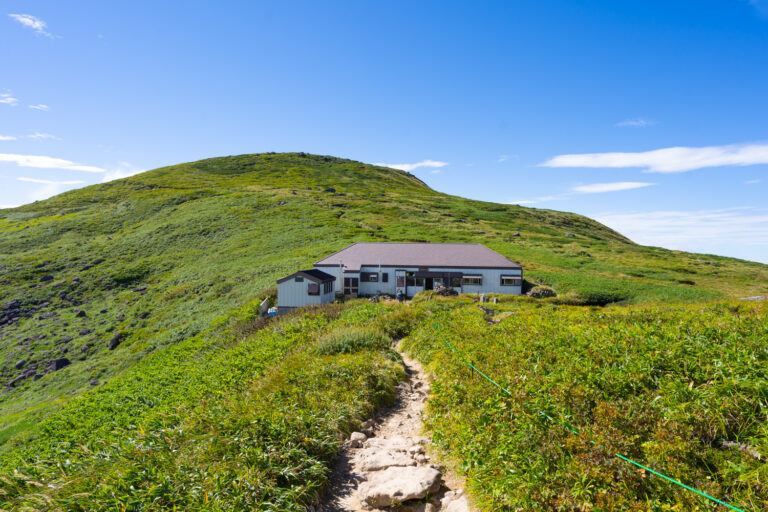
About halfway up the mountain from the 8th station is a rest house that offers refreshment and snacks and is a great place to take a break during the 3-4 hour hike up. The owners here are also very nice and seeing them is a part of the experience of hiking up Mt. Gassan in itself.
From Gassan 8th Station
The route starting at the Midagahara wetlands near Gassan 8th Station is the most popular for those on the Shonai side. Many people drive their cars or take a bus to the car park at the 8th station then climb to the summit and back. This allows you to take in stunning views over the Shonai plains and the Midagahara wetlands, before entering the land of mystery on your way up to the summit. It is also possible to take a bus to the 8th station and come down through Mt. Yudono, before taking a bus back to central Tsuruoka.
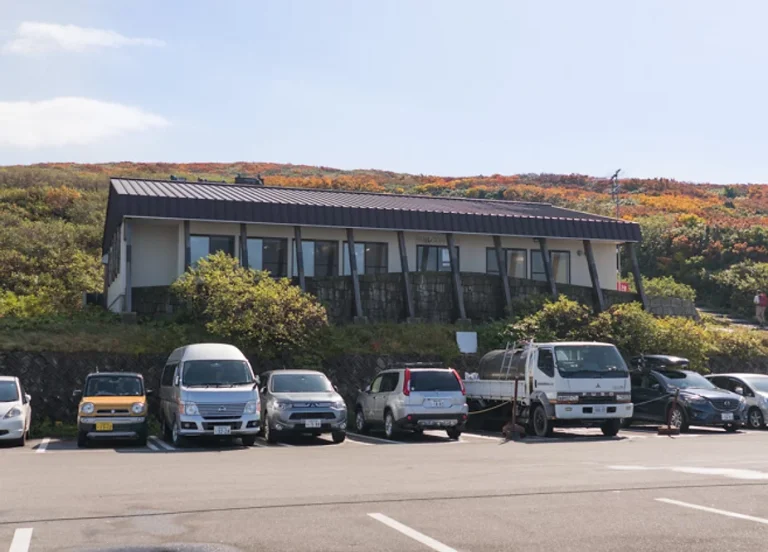
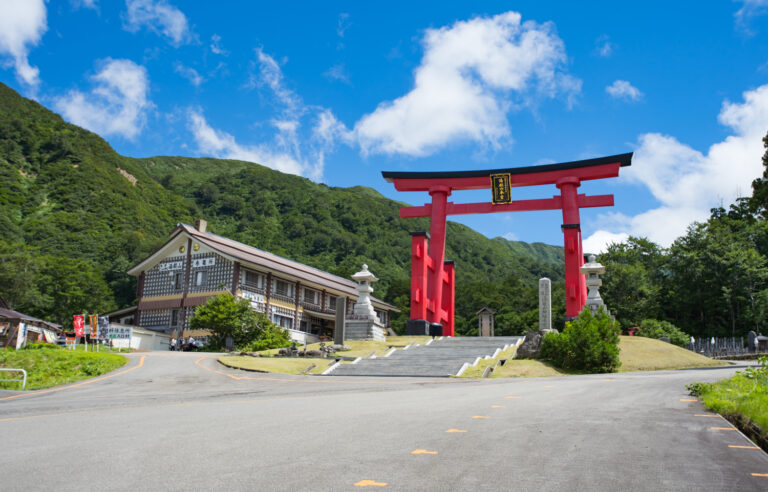
From Mt. Yudono
Others opt to take the Mt. Yudono (Tamugimata, Tsuruoka City) route, purifying themselves at Mt. Yudono Shrine before heading up past the Bonji River, through the Saito Forest and Ushikubi, to the summit. This route is much tougher than the others, and involves climbing metal ladders at times, although that makes it much more rewarding. If you drive this route, you will have to pay the toll road fee of 400 yen to get into Mt. Yudono Shrine. It’s also possible to walk to the summit, then down the other side and catch a bus from the 8th Station back to Tsuruoka, or even to Mt. Haguro.
From Nishikawa
It is also possible to climb from Nishikawa on the inland-Yamagata side of Mt. Gassan. There are two main routes; walking from Shizu Onsen, which will meet with the other path at Ushikubi, and from Ubagasawa, that utilizes the Gassan Ski lift. There is ample car parking at Ubasawa, although you may have to walk a little to get to the ski lifts. Both paths have their advantages; The Shizu Onsen route can be extremely worthwhile amongst the changing leaves in Autumn, providing ample opportunity to get the perfect shot. The Ubasawa route is arguably the easiest to climb because the lift takes you up a considerable amount, although at 5km in length it is still not an easy climb.
Longer Pilgrimages
If you’re in for more of an adventure, climbing Mt. Gassan from the Hijiori entrance at Aun’in temple, or the Iwanesawa entrance at Nichigatsuji temple, is also possible, but the courses are around 20km and will require spending a night on the mountain. For more on this, please contact us.
The Peak of Mt. Gassan
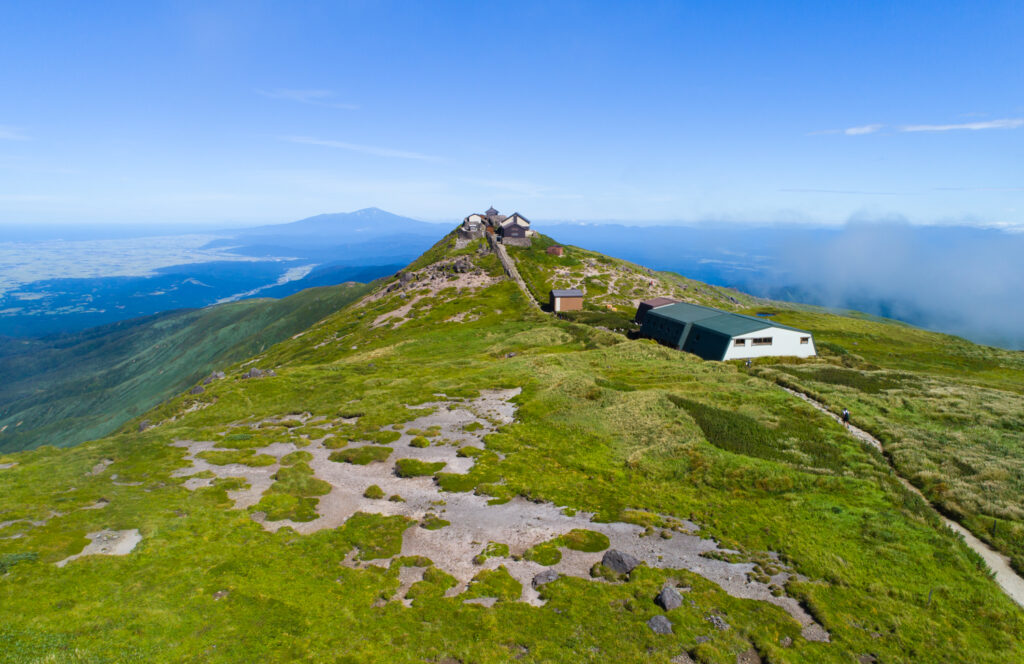
Those who commit to the 3-4 hour hike up Mt. Gassan will be rewarded with stunning panoramic views of the plains of Shonai and much of Yamagata Prefecture. Even in the summer months, the peak of Mt. Gassan is cool and refreshing and wind blowing up the eastern side of Mt. Gassan can quickly cool you down after your hike.
Here the Mt. Gassan Shrine rests at the highest point of the mountain. You can be blessed here and enter the shrine for a small contribution in the summer months as well. There is also a rest house and restaurant here for those looking to refresh before the hike down.


